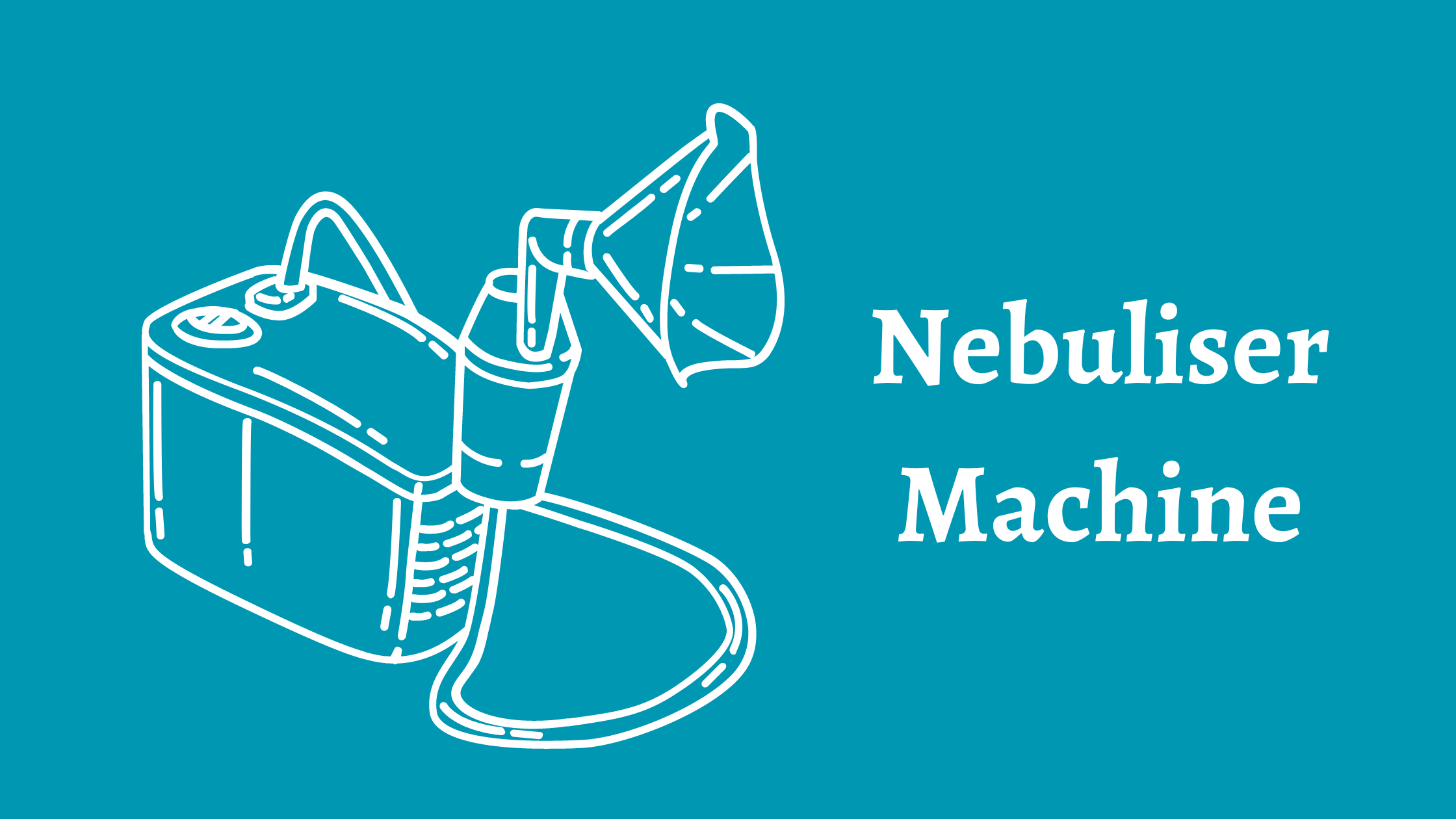
In the realm of respiratory care, where every breath counts, the nebuliser machine stands as an indispensable instrument. Its presence has offered relief to millions, transforming liquid medications into misty inhalable forms, directly targeting the lungs’ intricacies. Here’s an in-depth exploration of the nebuliser machine, its functioning, and why it remains a mainstay in treating a plethora of respiratory conditions.
Understanding the Nebuliser Machine
At its core, a nebuliser is a drug delivery device. It converts liquid medication into a fine aerosol mist, allowing patients to inhale it directly into their lungs. The direct delivery ensures maximum efficacy as it bypasses the digestive system, ensuring that the therapeutic agents act swiftly and precisely where needed.
The Anatomy of a Nebuliser
A standard nebuliser comprises three primary components:
- Compressor: The heart of the machine. It generates a stream of air that travels through connected tubes.
- Nebuliser Cup: The reservoir where liquid medication is poured.
- Mouthpiece or Mask: Attached to the cup, it’s through this that patients inhale the aerosolized medication.
Types of Nebulisers
- Jet Nebulisers: The most common type. They utilize compressed air to vaporize liquid medicine into a breathable mist.
- Ultrasonic Nebulisers: These use high-frequency vibrations, usually via ultrasonic waves, to produce the mist. They’re typically faster and quieter than jet nebulisers.
- Mesh Nebulisers: These feature a mesh plate with tiny holes that produce the mist as the liquid medicine passes through them. They’re portable and battery-operated, suitable for on-the-go use.
The Significance of Nebulisers in Medical Care
Nebulisers play an instrumental role in managing a myriad of respiratory disorders, including:
- Asthma: Regular inhalers might not suffice for severe asthma attacks. Nebulisers deliver higher medicine doses directly to inflamed airways, providing rapid relief.
- COPD: Chronic Obstructive Pulmonary Disease sufferers often rely on nebulisers for consistent medication delivery to soothe their narrowed airways.
- Cystic Fibrosis: Thick mucus characterizes this genetic disorder, clogging airways. Nebulisers aid in delivering medications to thin the mucus and open up passages.
- Respiratory Infections: Conditions like bronchitis can benefit from the moist medication mist, alleviating symptoms and targeting inflammation.
Benefits Over Traditional Inhalers
- Efficiency in Drug Delivery: The nebuliser ensures that a higher medicine percentage reaches the lungs compared to regular inhalers.
- Ease of Use: For children, the elderly, or those facing difficulty coordinating breath with an inhaler, nebulisers offer a more effortless solution.
- Versatility: Nebulisers can administer a broader range of medications, including antibiotics and mucolytics.
The Path Forward: Innovations in Nebulising Technology
As health care technologies progress, the nebuliser machine isn’t left behind. The emergence of smart nebulisers, equipped with digital tracking, dose counters, and reminders, is revolutionizing treatment adherence. Moreover, the integration of telemedicine capabilities allows health practitioners to monitor usage and adjust dosages remotely.
Furthermore, innovations aim to reduce medication wastage, ensuring more efficient particle sizes that optimize lung deposition. Portable, pocket-sized nebulisers are also entering the market, catering to the active lifestyles of patients and ensuring they’re never far from relief.
Concluding Thoughts
The nebuliser machine’s significance is monumental in respiratory care. Its intuitive design, combined with its pivotal role in drug delivery, makes it a cornerstone in managing and treating various conditions. As we stand on the cusp of technological advancements, the promise is clear: the nebuliser will not just adapt but evolve, ensuring that every individual can breathe a little easier.